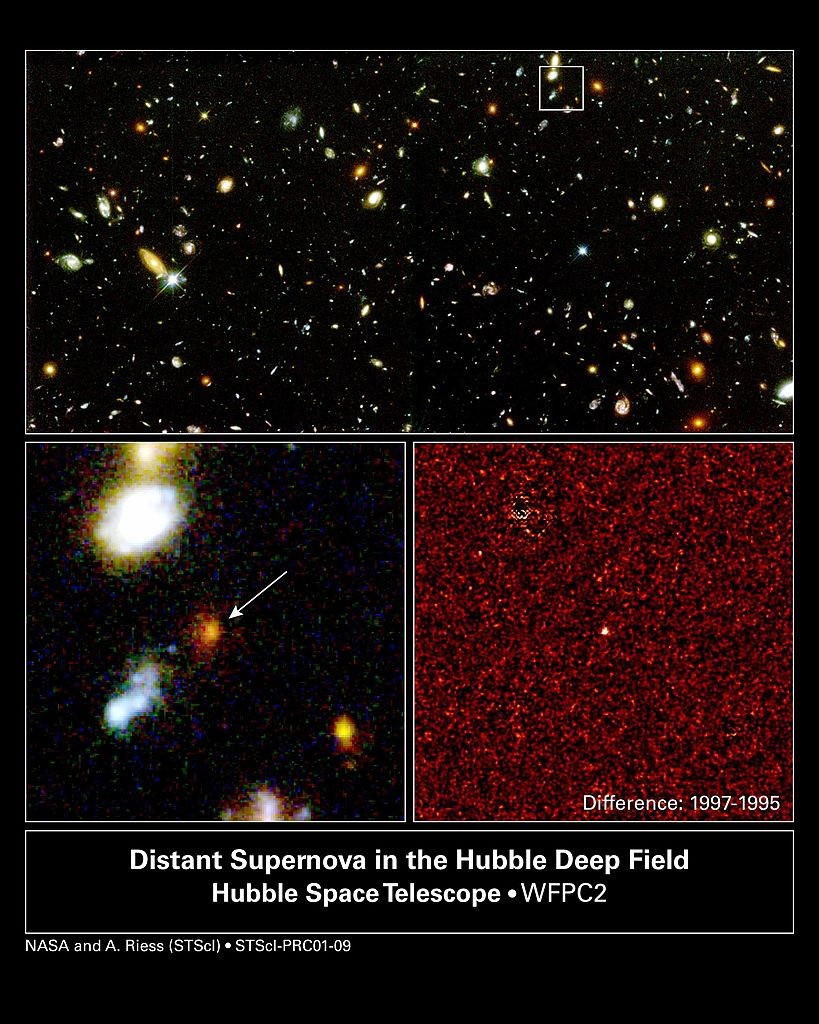Using artificial intelligence (AI), a global network of scholars has discovered 11 previously unknown space anomalies, including some supernovas.
The researchers used the "nearest neighbor" approach to look for space anomalies in digital photographs of the Northern sky taken in 2018 using a k-D tree. The research was then automated using machine learning methods.
Researchers published the study in New Astronomy.
Artificial Intelligence Find 11 Anomalies in Space
Researchers gave an artificial intelligence system various photos and the duty of finding anomalies, which scientists use to describe uncommon things like supernovas and tidal disruption occurrences.
The AI's algorithm subsequently found 11 anomalies, which were manually confirmed.
"This is a very good result. In addition to the already-discovered rare objects, we were able to detect several new ones previously missed by astronomers," said Maria Pruzhinskaya, co-author of the study and research fellow at the Sternberg Astronomical Institute, Daily Star reported.
Pruzhinskaya continued by saying that current search algorithms may be enhanced to prevent missing such things.
The technique, according to scientists, may be applied more broadly to locate any intriguing astronomical objects, not only rare supernovae.
The scientists anticipate that one day they may be able to discover totally new types of items by employing a similar AI that would search for such anomalies.

How an AI Found Such Errors
Large-scale surveys have led to a sharp rise in astronomical discoveries in recent years. For instance, the Zwicky Transient Facility uses a wide-field view camera to sweep the Northern sky, producing about 1.4 TB of data per observation night with a database of billions of items.
However, manually processing such enormous amounts of data is very costly and time-consuming. The SNAD team, made up of scientists from the US, France, and Russia, worked together to develop an automated approach to get around this.
When analyzing astronomical objects, researchers look at their light curves, which show how an object's brightness changes over time. A flash of light in the sky is first identified by scientists, who then observe how it changes over time to determine if it becomes brighter, weaker, or disappears.
The researchers analyzed millions of actual light curves from the ZTF's 2018 archive and seven generated live curve models of the target items. They monitored a total of 40 variables, including an item's timing and brightness amplitude.
Co-author of the study and postdoctoral researcher at the University of Illinois at Urbana-Champaign, Konstantin Malanchev, said (per Innovation News Network): "We described the properties of our simulations using a set of characteristics expected to be observed in real astronomical bodies."
Malanchev added that the team searched the dataset of almost a million items for super-powerful supernovae, Type Ia supernovae, Type II supernovae, and tidal disruption events.
Such groups of objects were referred to by the researchers as space anomalies. The team claims these objects are extremely uncommon, have little-known features, or are intriguing enough to warrant further investigation.
The researchers then used the k-D tree technique, a geometric data structure for breaking space into smaller pieces by cutting it with hyperplanes, planes, lines, or points, to compare light curve data from real objects to simulations. The technique was used to condense the search space when looking for actual items in the seven simulations that had comparable qualities.
RELATED ARTICLE : Extraterrestrial Space Exploration Scientists Plan New Ways to Discover Proof That Humans Are Not Alone in the Universe
Check out more news and information on Space and Technology in Science Times.












